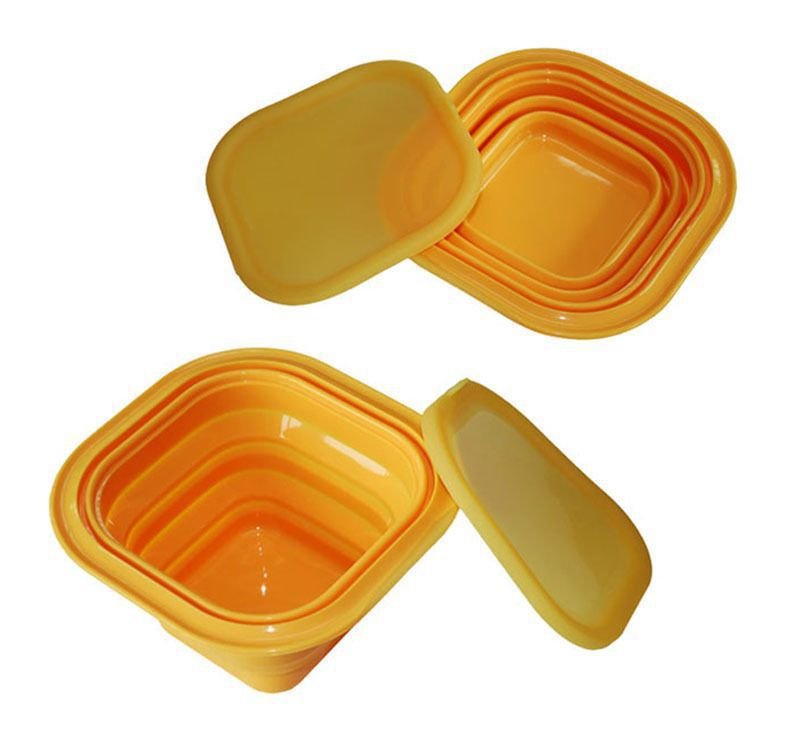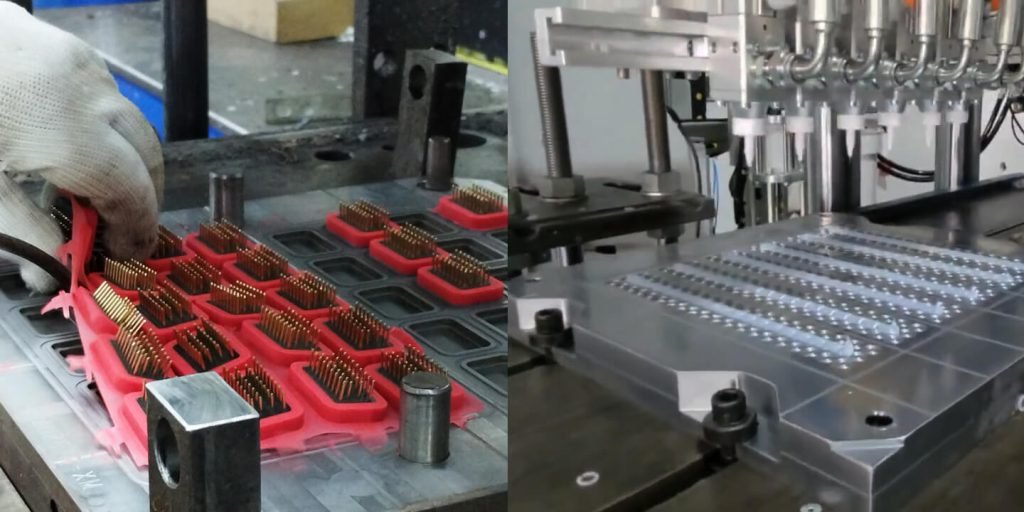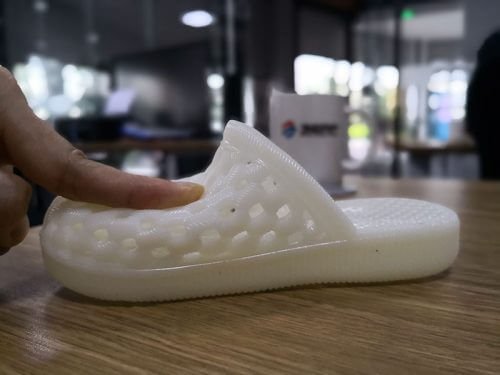
Compression molding products offer several advantages and some downsides as well.
Understanding both sides will help you decide if it’s the right process for your specific application.
Advantages of Compression Molding products:
Economical for Low Volume Production:
Compression molding is economical for small production runs as the compression mold and molding costs are relatively low compared to other processes like injection molding.
Versatility: It can be used to mold a wide range of materials, including thermoset plastics, SMCs, BMCs, and different types of rubber.
Large Parts Production: This process is ideal for manufacturing large parts, such as automotive hoods and other panel parts, that would be more expensive to produce through other methods due to equipment or material costs.
Complex Designs: It allows the manufacturing of objects with intricate and complex designs without compromising on the accuracy or details.
Low Waste: It generates lower waste compared to other methods as excess materials can be squeezed out of the mold cavity.
Disadvantages of Compression Molding Products:
Slow Production Rates: The process is slower because each cycle involves loading of raw material, mold closure, curing time, mold opening, and part removal. Hence it’s not suitable for high-volume production runs.
Labor Intensive: It’s more labor-intensive compared to other automated processes. Manual labor is required to load and unload the materials, operate the press, and remove the product.
Parts Consistency: It may not deliver the same consistency in parts as that seen in injection molding, especially for more complex geometries.
Finish Quality: The edges of the product may require finishing touches to remove flash (excess material), requiring additional time and resources.
Limited to Shallow Depth Parts: It’s more challenging to produce deep or thin-walled parts with compression molding because the material might not flow well into these areas before it starts to cure.
The best application of compression molding depends on the specifics of the project, such as part design, material, production quantity, and budget considerations.

